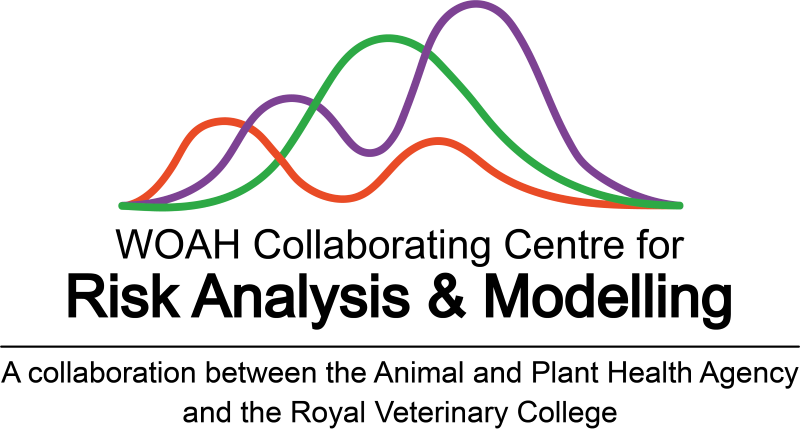Viraemic pigs entering the food chain are the most likely source of hepatitis E virus (HEV) in pork meat: Modelling the fate of HEV during slaughtering of pigs
Hepatitis E Virus (HEV) is an emerging foodborne pathogen and consumption of raw or undercooked pork products has been associated with increased risk of human infection.
This work represents the first attempt to evaluate the risk of HEV being present on pig carcasses and in meat at the end of the slaughtering process considering the steps of bleeding, scalding, dehairing, singeing, polishing, evisceration and trimming. Based on available knowledge on the epidemiology and biology of HEV, the risk pathways leading to the presence of HEV on carcasses as a consequence of (i) faecal contamination of the skin from environment and contacts with contaminated faeces during transport and lairage, (ii) contact with viraemic blood at bleeding and (iii) faecal/bile cross-contamination during evisceration were assessed qualitatively.
The pathway through which HEV could be present in meat of viraemic pigs, as conveyed by residual blood in muscular tissue after bleeding was instead modelled quantitatively. Of the three risk pathways evaluated qualitatively, only the occurrence of HEV on carcasses as a consequence of accidental rupture of the gut or gallbladder at evisceration was found to be non-negligible, but with a very low likelihood of occurrence. The quantitative output for the expected amount of HEV in meat of viraemic pigs shows minimum and maximum values of 0.10 and 1.1 × 10⁴ genome copies (gc)/g respectively with 4.8 × 10² and 5.3 × 10³ gc/g at 95ᵗʰ and 99ᵗʰ percentile of the cumulative distribution.
These results are consistent with the existing evidence that levels of HEV RNA in meat samples are usually low even in the presence of high viral loads in livers of the same animals. Results of the sensitivity analysis confirm highly viraemic pigs entering the slaughter line as those posing the greater risk for consumers.
Our study suggests that prevention of HEV infection through consumption of pork meat at pre-harvest/harvest stages should focus on reducing the flow of highly viraemic pigs into the food chain.



